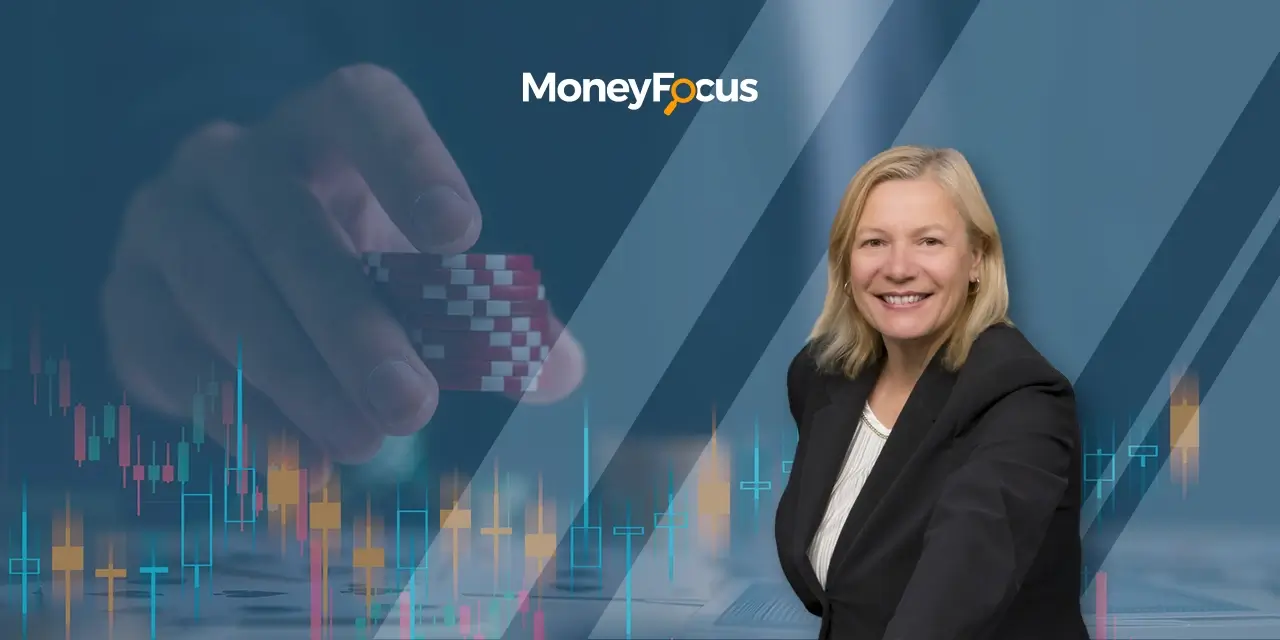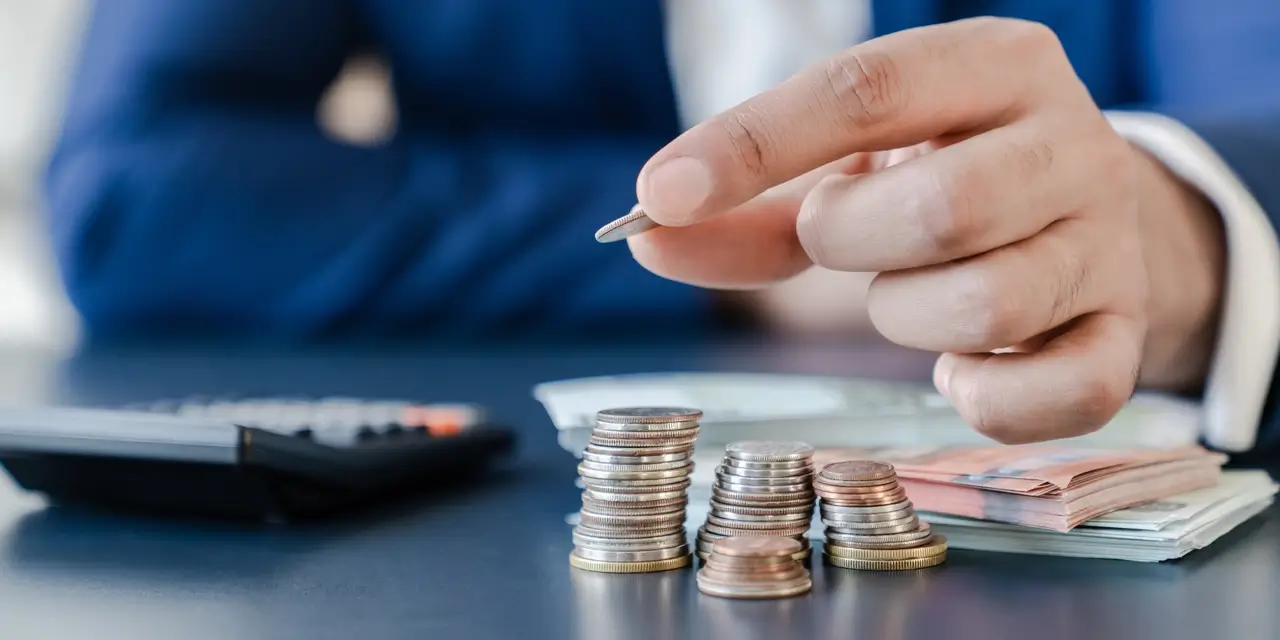Should you shift your investment strategies post-retirement?
The saving and investing strategy you use to accumulate money during your working life is different from the one you use to manage your resources in retirement.
Investors must understand the differences, and adapt their approach, in an era of shifting interest rates. Interest rates remain much higher than the historic lows we experienced during the pandemic in the early 2020s. Now, central banks lowering rates while monitoring inflation. Fixed income investments became a more attractive proposition after the rate increases.
Harvest offers a diverse suite of ETFs that offer exposure to equities, fixed income, and asset allocation strategies that seek to generate high, tax efficient income every month.
How do pre and post-retirement investing strategies differ?
During your working life, your strategies are designed to accumulate assets. So, you’re looking for places where you can get maximum growth over a long period. Most investors look at stocks, mutual funds and ETFs. Capital appreciation is the primary objective. In retirement, your goals change to preserve what you have and find ways to generate income to live on.
In your accumulating phase, a broad stock market index ETF, or an equity mutual fund, as examples, could be a great way to go. Your assets should grow over the long-term. For Canadian stocks, the average returns have trended a bit lower, but the trend is the same. So, stocks could be an attractive place to be.
As you move into the stage in life where you are drawing down your assets, cash flow becomes important. In other words, generating enough money from your savings to get a monthly amount you can live on.
This strategy may not be working as well as it has in previous years. The reason? In 2024, the average stock market dividend yield was just 1.3%. That doesn’t leave you with any real return after inflation and taxes.
Are GICs a good choice?
GIC rates have undergone a significant change over the past half century. The Great Recession brought down rates, which fell even lower during the COVID-19 pandemic in 2020/2021. A shift occurred when central banks undertook a rate tightening program in 2022. Now, you can find 1-year GIC rates that are closer to 4% to 4.5%. Harvest ETFs is on top of that shift, which is why we launched our first fixed income ETF in 2023.
What investment options can deliver regular cash flow in my portfolio?
You may have to look at solutions that are designed to deliver cash flow.
Harvest first offered strategies that aimed to generate high monthly income from equities, which were good alternative in a low-interest rate environment. That expanded to fixed income in 2023, seeking to offer a blend of stability and high income generation. Investors must strike the right balance between growth, income generation, and capital preservation in this climate.
What are the different ways to look at risk?
We may have to change the way we view risk. High risk could be viewed as the risk of not meeting your objectives. If your investment objective is cash flow, investing in a five-year GIC is exceptionally risky. True, it will preserve capital which reduces one risk, but it introduces a different level of risk which is not having enough cash.
Equity Income strategies are designed to generate cash flow that reduces the risk of encroaching on your principal. In a down market, $100,000 can drop by 10% or more. However, that loss is not realized until you sell. Share prices go up and down, but if the company’s you own are the best of the best, they are more likely to continue to pay dividends in good times and bad.
Fixed income strategies are geared towards stability in the form of capital preservation and consistent income generation. Harvest fixed income portfolios provide exposure to high-quality bonds and bills issued by the United States and Canada, paired with an active and flexible covered call strategy.
Retirees who are looking to generate income and preserve capital may want to consider these strategies because of these benefits.
What does Harvest offer investors?
Our product lineup is designed for investors looking to generate a high, and tax efficient monthly income. We focus on companies that are leaders at what they do, that have strong cash flow, strong balance sheets and a commitment to dividend growth. For our fixed income products, our focus is on investment grade fixed income. We overlay those portfolios with an active covered call strategy that generates additional cash flows and reduces volatility. For investors who are cash flow oriented, the reduction of volatility and enhanced income could be ideal solutions.
Equity Income ETFs
HHL Harvest Healthcare Leaders Income ETF
HBF Harvest Brand Leaders Plus Income ETF
HTA Harvest Tech Achievers Growth & Income ETF
HUTL Harvest Equal Weight Global Utilities Income ETF
HGR Harvest Global REIT Leaders Income ETF
HPF Harvest Energy Leaders Plus Income ETF
HUBL Harvest US Bank Leaders Income ETF
HLIF Harvest Canadian Equity Income Leaders ETF
TRVI Harvest Travel & Leisure Income ETF
HRIF Harvest Diversified Equity Income ETF
HIND Harvest Industrial Leaders Income ETF
Fixed Income ETFs
HPYT Harvest Premium Yield Treasury ETF
HPYM Harvest Premium Yield 7-10 Year Treasury ETF
TBIL Harvest Canadian T-Bill ETF
Balanced Income ETFs
HBIG Harvest Balanced Income & Growth ETF
Enhanced Income ETFs
HHLE Harvest Healthcare Leaders Enhanced Income ETF
HTAE Harvest Tech Achievers Enhanced Income ETF
HUTE Harvest Equal Weight Global Utilities Enhanced Income ETF
HBIE Harvest Balanced Income & Growth Enhanced ETF
HDIF Harvest Diversified Monthly Income ETF
What are covered calls?
Covered call options are a strategy to help reduce downside volatility risk, deliver income and still participate in the market’s upside. You sell a portion of the potential rise in stock price in exchange for a fee. The fee limits the gain a bit, but it also acts as a cushion if share prices fall, because you keep the fee no matter what. Covered call options are a Harvest specialty.
Is there a tax benefit to using a covered call strategy?
Covered calls are tax efficient because the option premium is distributed in the form of a capital gain to investors. Outside of tax sheltered investment vehicles, capital gains are taxed at a lower rate than foreign dividends or, in general, tax paid at your marginal tax rate.
Disclaimer
Commissions, management fees and expenses all may be associated with investing in Harvest Exchange Traded Funds (managed by Harvest Portfolios Group Inc.). Please read the relevant prospectus before investing. The funds are not guaranteed, their values change frequently, and past performance may not be repeated. Tax investment and all other decisions should be made with guidance from a qualified professional.











